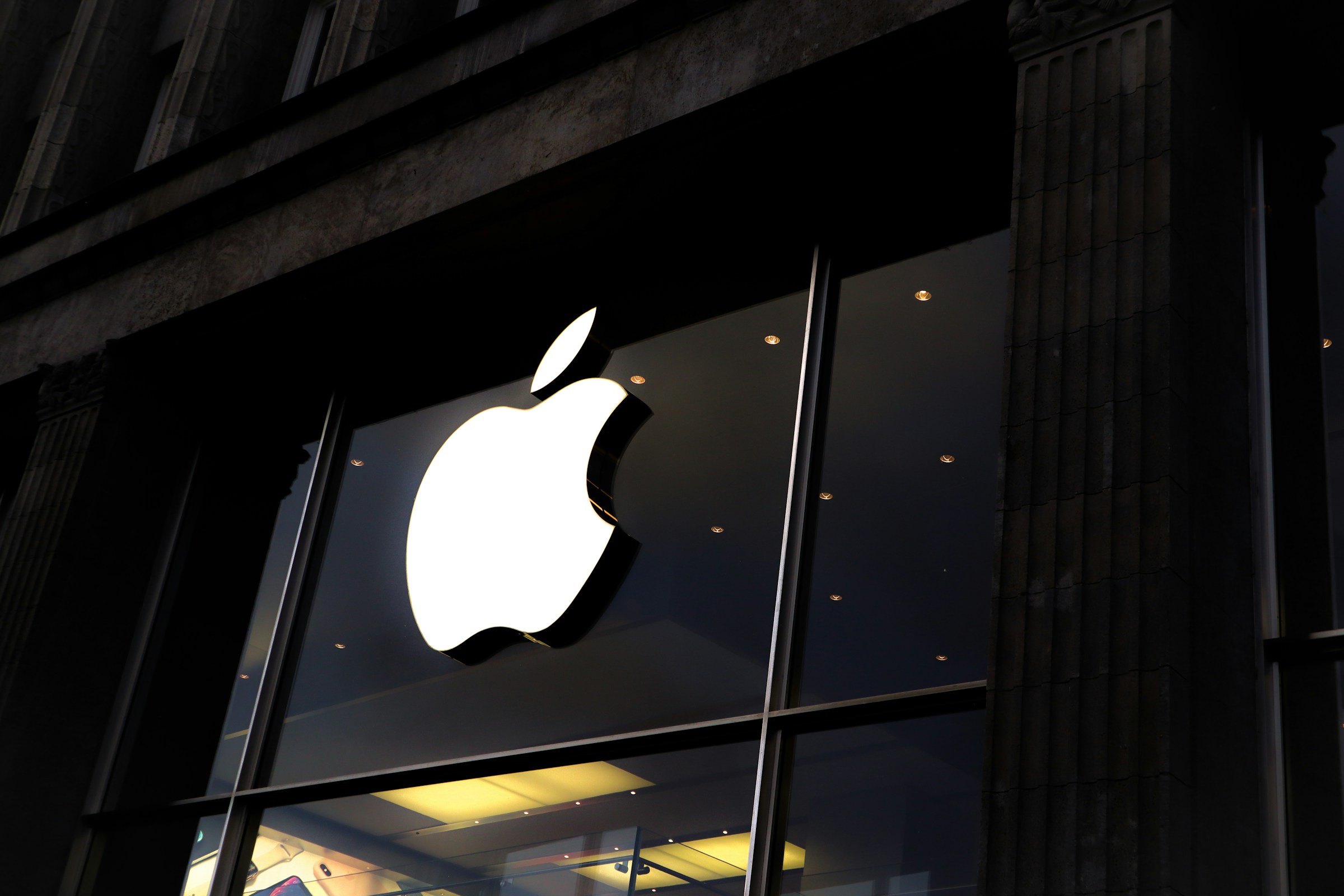When Apple shifted parts of iPhone assembly to India, most saw it as a reaction to tariffs or a PR-friendly move to de-risk China. That framing misses the point. This wasn’t a logistics reshuffle. It was a systems-level rewire of margin defense logic—installed before the political storm made it urgent.
The iPhone is not just a product. It’s an integrated supply margin machine sitting on top of geopolitical latency. And Apple, unlike most hardware players, acted early enough to make India not a fallback—but a functioning hedge.
Let’s be clear: the tariff noise wasn’t the trigger. Apple began scaling production in India back in 2017 with lower-end iPhones, slowly ramping complexity, QA capacity, and local supplier relationships. That’s not how you respond to a sudden shock. That’s how you pre-build circuit breakers.
The real driver? Fragility math. Apple’s dependency on China meant it was running a high-margin product line through a politically volatile zone with no true redundancy. China offered unmatched scale, yield, and vertical integration—but at the cost of political exposure that could no longer be modeled as “edge risk.” It became central.
India became the most viable counterweight—not because it could match China on capability, but because it could absorb just enough load to restore optionality.
The current India production share for iPhones is around 14–20%, depending on the model and source. That’s not end-to-end capability. It’s not even close to what China can do. But that’s not the point. India isn’t meant to replace China—it’s meant to neutralize systemic concentration risk. This is the startup equivalent of moving 20% of your backend off a single cloud provider—not because it’s cheaper or easier, but because you no longer trust uptime in a single zone.
Apple’s India move is slower, less efficient, and probably higher cost in the short term. But it gives the company what hardware makers rarely have: strategic breathing room when policy or supply shocks hit. It’s defense logic, not cost logic.
Here’s the nuance: Apple is still deeply embedded in China. Most high-end iPhone production, especially the Pro models, remain in Zhengzhou and other Chinese hubs. The logistics density, trained labor pool, and supplier ecosystems simply don’t exist at that scale anywhere else. But now, for the first time, Apple has a Plan B that isn’t theoretical. That’s what changed.
This dual-ops architecture gives Apple internal leverage. It can allocate volume, pressure suppliers, and negotiate with local governments in both China and India from a position of optionality—not dependency. For product operators and founders watching this, it’s a masterclass in how to build parallel systems before you need them. If you wait for the crisis, your fallback becomes an emergency. Apple’s fallback is already operational.
Apple’s move fits into a broader trans-Pacific trend: tech giants insulating core business functions from geopolitical volatility.
- TikTok built parallel data infrastructures and policy compliance structures across the US and Singapore.
- Tesla hedged China exposure by doubling down on Gigafactories in Texas and Germany.
- Amazon Web Services deploys sovereign cloud zones to satisfy regulatory autonomy in markets like the UAE.
None of these are cost-first decisions. They’re latency buffers—against policy change, regulator unpredictability, and data or supply disruptions. In this world, efficiency isn't just about speed. It’s about controllability.
Founders, PMs, and ops leads shouldn’t just see this as geopolitics. It’s model thinking. If your GTM relies on a single region for production, payments, compliance, or even user trust—you’re building fragility. That’s fine early-stage. It doesn’t scale. And it definitely doesn’t survive multi-market pressure.
Key takeaways:
- Model redundancy beats operational elegance. Apple sacrificed smoothness to gain resilience.
- Tariffs are just a headline. The real issue is system predictability. Can you forecast next quarter's throughput if one node drops?
- Partial shifts work. You don’t need 100% duplication to regain control. 20–30% distributed capacity changes your strategic footing entirely.
This is the kind of thinking that product leaders often delay until post-Series C. By then, the ops debt is too deep—and your expansion plan is just a margin leak waiting for policy to expose it.
This isn’t Apple reacting to a news cycle. This is Apple playing the long game of margin model integrity under sovereign volatility. Most companies optimize for growth-phase velocity. Apple optimized for geopolitical durability. It didn’t move to India because it had to. It moved because the next phase of product stability required a second lane—and building that lane before the storm is the only reason it now looks like a smart move instead of a panicked one.
In 2025, production agility is no longer about speed to market. It’s about slowness to collapse. Apple understood that. Now the rest of the ecosystem is catching up—late, loud, and exposed.














.jpg&w=3840&q=75)